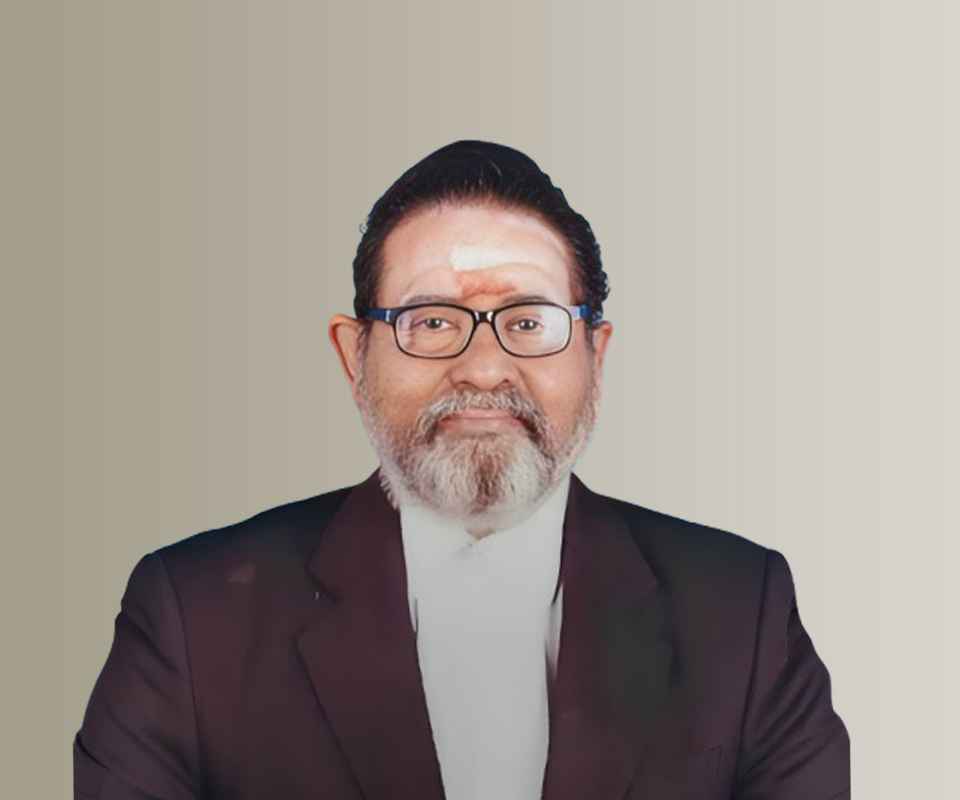Answer By law4u team
The Insolvency and Bankruptcy Code (IBC), enacted in 2016 in India, provides a legal framework for the insolvency and bankruptcy process for individuals, companies, and partnership firms. While the primary focus of the IBC has been on corporate insolvency and liquidation, the provisions for individual insolvency were introduced through an amendment in 2019. Key Features of the Insolvency and Bankruptcy Code (IBC) for Individuals: Applicability: The IBC for individuals is applicable to individuals, sole proprietors, and partnership firms who are facing insolvency or bankruptcy. The provisions apply to both personal debts (for individuals) and debts incurred through business (for sole proprietors and partnerships). Insolvency Resolution Process (IRP): Insolvency Resolution Process (IRP) allows individuals who are unable to repay their debts to initiate the process to restructure or resolve their debts. The individual or any creditor can file an application with the Debt Recovery Tribunal (DRT), which is empowered to handle cases under individual insolvency. The National Company Law Tribunal (NCLT) does not deal with individual cases directly; instead, it’s handled by the DRT. Fresh Start Process (FSP): The Fresh Start Process (FSP) is designed for individuals with small debts who are facing insolvency and have no means of repaying their debts. Under this process, individuals can be relieved of certain qualifying debts if they meet the eligibility criteria (total debts of up to ₹35,00,000). The individual’s assets may be protected, and only a limited number of debts will be discharged. Debt Relief and Repayment Plans: During the insolvency process, the Debts Recovery Tribunal (DRT) appoints a resolution professional (RP) to manage the debtor's financial matters and assets. The RP works with the creditors to formulate a repayment plan, which could include a moratorium on payments and restructuring of debts. If a settlement cannot be reached, the individual may be declared bankrupt, and their assets could be liquidated to repay the creditors. Bankruptcy Process: If the Insolvency Resolution Process (IRP) does not result in a viable solution or agreement, the individual may be declared bankrupt. The bankruptcy process involves the liquidation of the individual’s assets and the proceeds used to repay creditors. Once the process is complete, the individual is discharged from their debts, and they can make a fresh start financially. Eligibility Criteria: The individual must be unable to pay their debts, and the aggregate debt must exceed ₹1,000. The debtor must not be a corporate debtor or have ongoing proceedings under the Corporate Insolvency Resolution Process (CIRP). Certain debts, such as those incurred due to fraud, will not be discharged under the insolvency process. Bankruptcy for Sole Proprietors: Sole proprietors can also file for insolvency under the IBC, and the process will cover both personal and business debts. If the insolvency process leads to bankruptcy, the sole proprietor’s business assets can be liquidated to pay creditors. Exemptions and Discharge of Debt: The insolvency process may lead to discharge of debts if the individual successfully meets the criteria and completes the process. However, certain types of debts, such as those arising from criminal activities, fraud, or penalties, may not be discharged. The individual may also be discharged from certain non-dischargeable debts after a specified period. mpact on Credit Rating: The insolvency or bankruptcy process has a negative impact on an individual’s credit rating, which may affect their ability to access credit in the future. However, this can be rebuilt over time after the discharge. Timeline and Process: The entire process of individual insolvency, including the Fresh Start Process and Insolvency Resolution Process, must be completed within a time frame of 180 days, extendable by another 90 days. The bankruptcy discharge process, if applicable, may take longer based on the complexity of the case. Summary: The Insolvency and Bankruptcy Code (IBC) for individuals provides a legal framework to resolve insolvency and help individuals facing financial difficulties. It offers mechanisms like the Fresh Start Process for individuals with small debts and a repayment plan or liquidation process for larger debts. The goal is to help individuals restructure their debts or, if necessary, discharge them, giving them a chance to start over financially.









